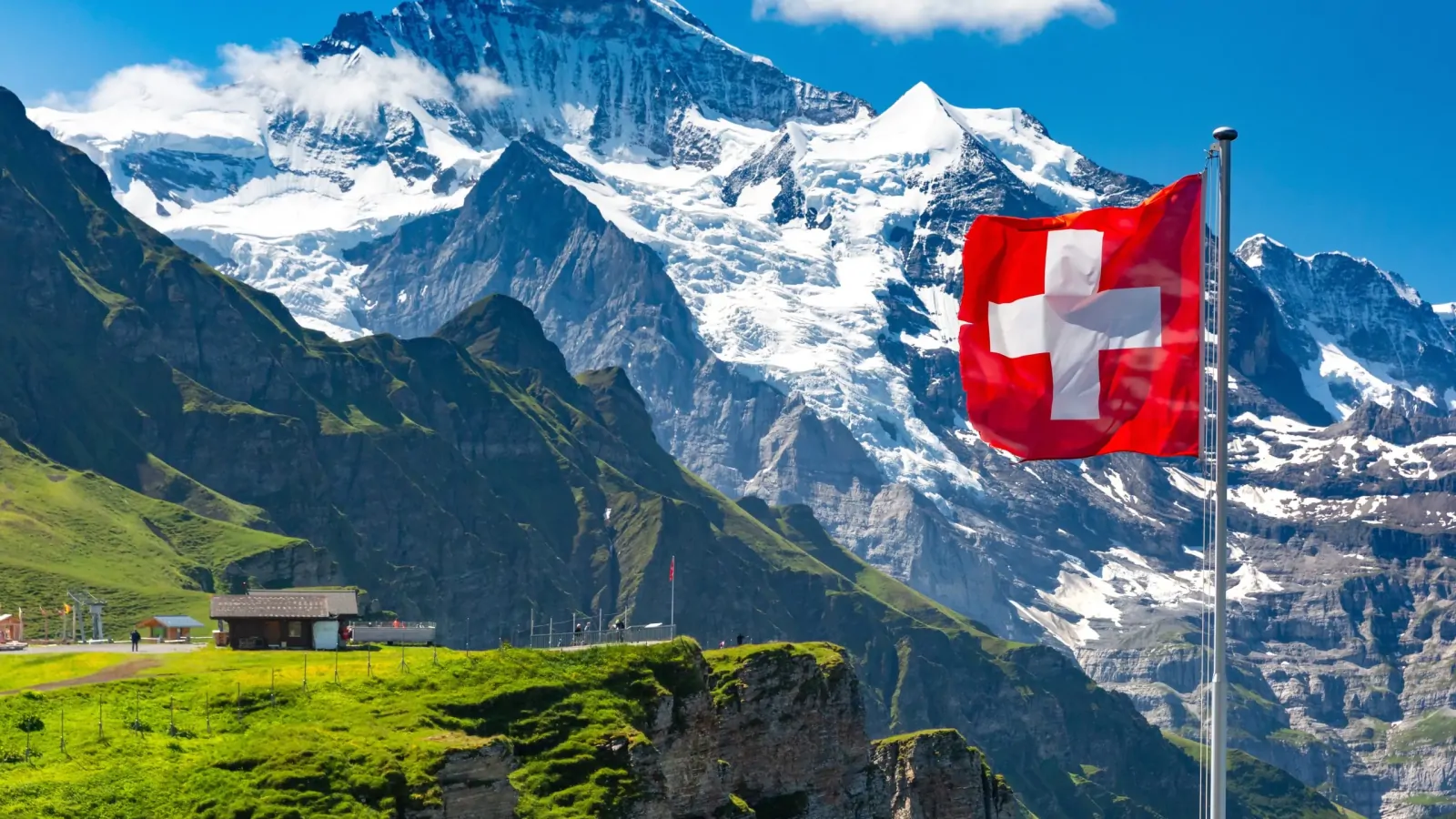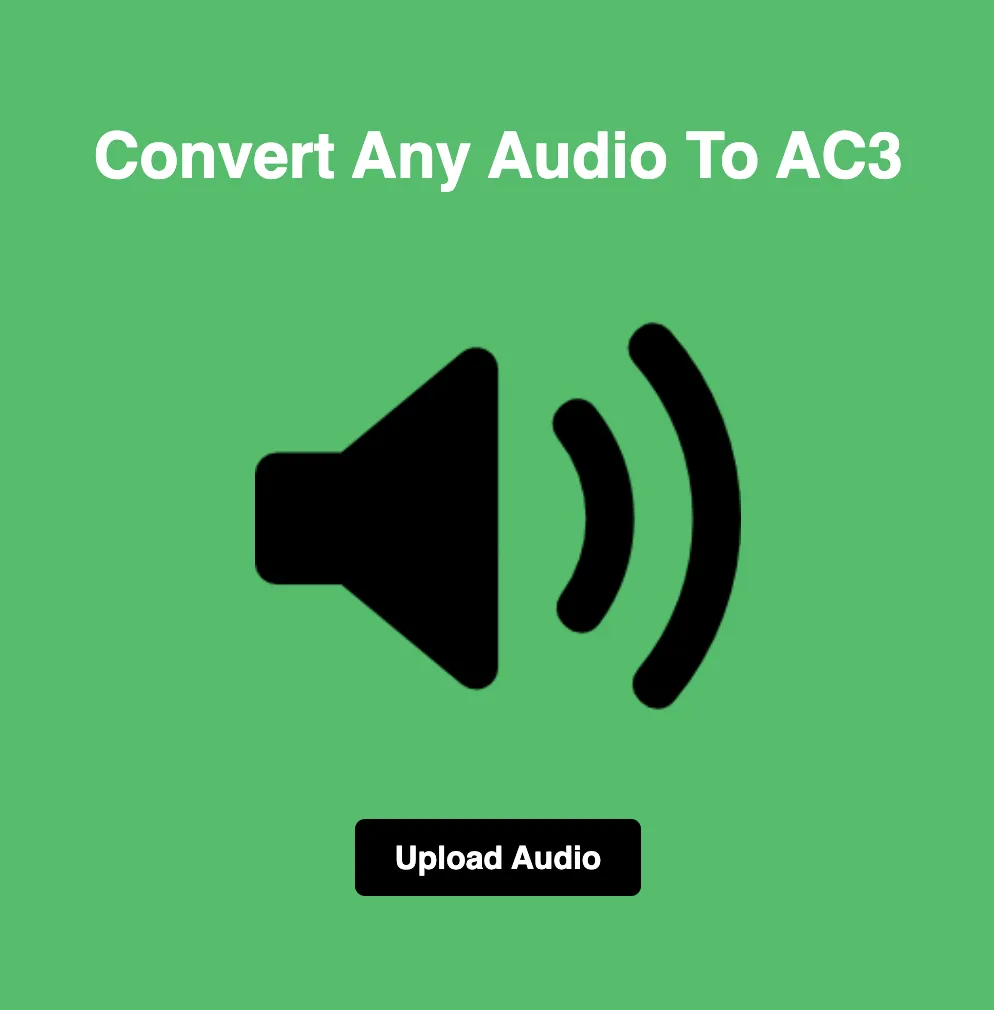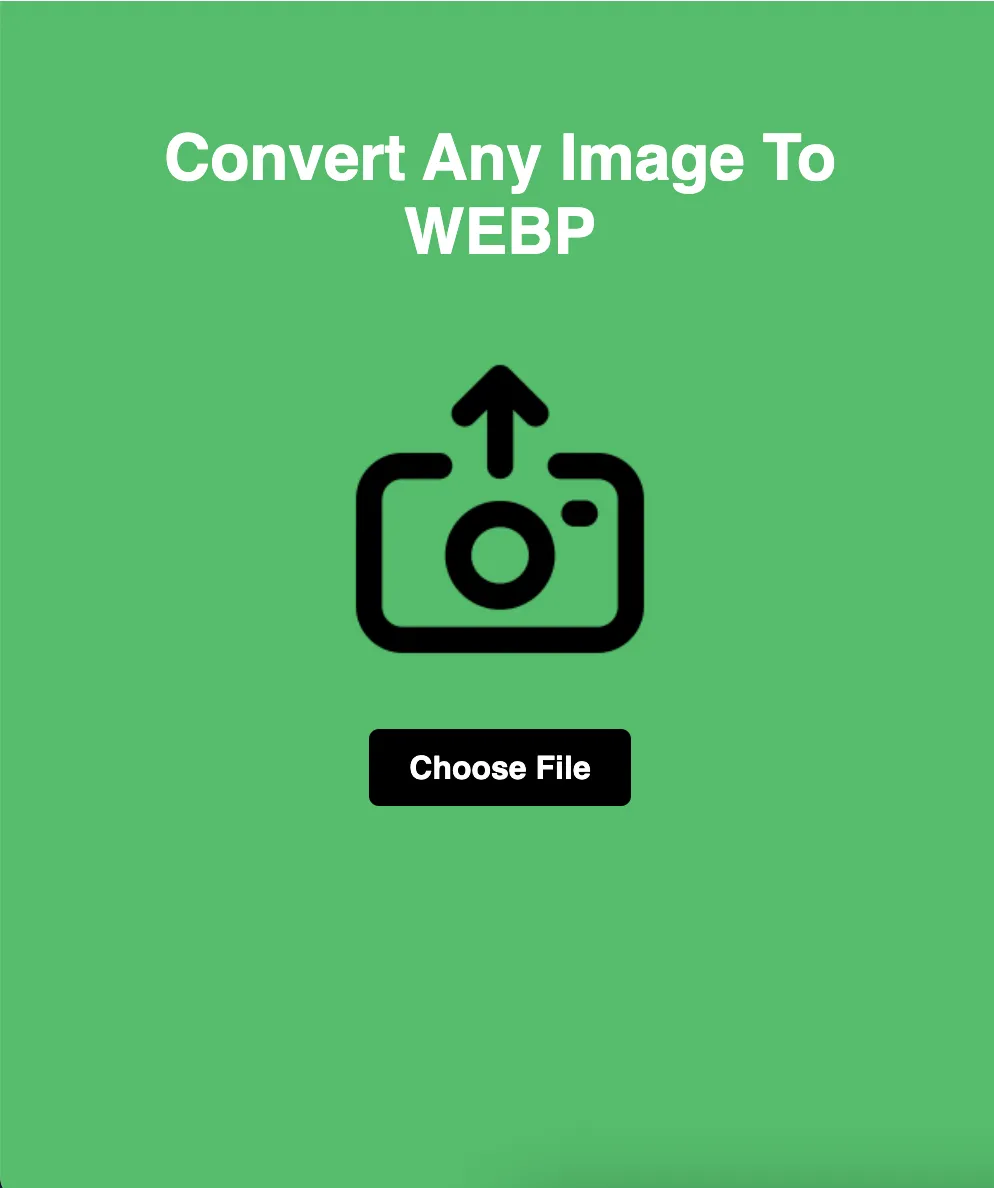
PNG vs BMP: Deciding the Best Image Format for Your Needs
When it comes to digital images, there's a wide array of file formats to choose from. Two common formats are PNG (Portable Network Graphics) and BMP (Bitmap). While both formats have their advantages and disadvantages, understanding the differences between them is essential for selecting the most suitable option for your specific requirements. In this blog, we'll compare PNG and BMP, exploring their characteristics, use cases, and factors to consider when deciding between them.
PNG: Versatile and Compressed
PNG, or Portable Network Graphics, is a popular image format known for its versatility and efficient compression. Key features of PNG include:
Lossless Compression: PNG uses lossless compression, preserving all image data without sacrificing quality. This makes PNG ideal for images that require high fidelity and detail, such as logos, graphics, and illustrations.
Transparency Support: PNG supports alpha channel transparency, allowing for images with transparent backgrounds. This feature is particularly useful for web developers, graphic designers, and content creators who need to overlay images onto different backgrounds seamlessly.
Wide Compatibility: PNG enjoys broad support across various platforms, browsers, and image editing software. Its compatibility makes it a preferred choice for web graphics, digital art, and other applications where image quality and versatility are paramount.
BMP: Simple and Uncompressed
BMP, or Bitmap, is a straightforward image format known for its simplicity and lack of compression. Key features of BMP include:
Uncompressed Format: Unlike PNG, which uses compression algorithms to reduce file size, BMP stores image data in an uncompressed format. This results in larger file sizes but ensures that every pixel is faithfully reproduced without any loss of quality.
Pixel Perfection: BMP preserves every detail of the original image, making it suitable for applications that require pixel-perfect accuracy, such as medical imaging, technical drawings, and archival purposes.
Limited Support: While BMP is widely supported by most operating systems and image editing software, its large file sizes and lack of compression make it less practical for web use and online distribution. Additionally, BMP does not support transparency, alpha channels, or other advanced features found in formats like PNG.
Comparing PNG and BMP:
Now, let's compare PNG and BMP based on various factors:
Image Quality: Both PNG and BMP offer high-quality images, but PNG's lossless compression provides a more efficient balance between image quality and file size. BMP's uncompressed format ensures maximum fidelity but results in significantly larger file sizes.
Transparency: PNG supports transparency and alpha channel transparency, making it suitable for images with transparent backgrounds. BMP does not support transparency, limiting its versatility in certain applications.
File Size: PNG's lossless compression typically results in smaller file sizes compared to BMP's uncompressed format. For applications where file size is a concern, such as web graphics and digital art, PNG offers a more practical solution.
Conclusion:
In conclusion, the choice between PNG and BMP depends on your specific requirements and priorities. If you prioritize image quality, transparency, and versatility, PNG is the preferred format for web graphics, digital art, and other applications where efficient compression and compatibility are essential. However, if you require maximum fidelity and pixel-perfect accuracy, BMP may be more suitable for applications like medical imaging, technical drawings, and archival purposes.
Ultimately, understanding the characteristics and use cases of PNG and BMP will help you select the most appropriate format for your projects. Whether you opt for the versatility of PNG or the fidelity of BMP, both formats play vital roles in optimizing image quality and performance in various digital contexts.






